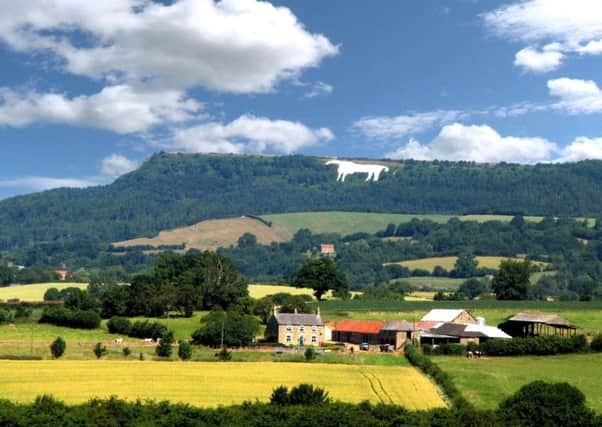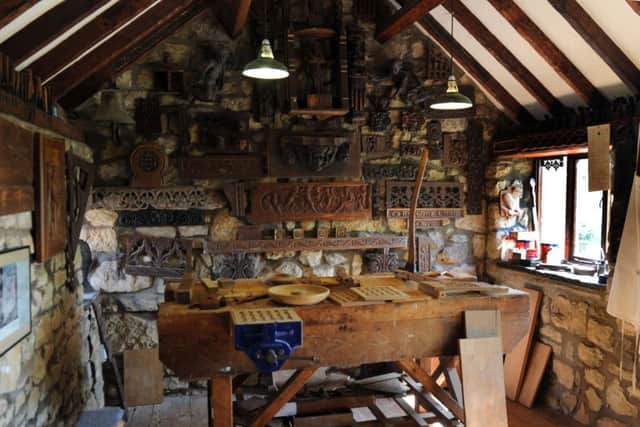Village Focus: Life alongside Yorkshire's famous White Horse


It may be tiny, its residents numbering 227 at the time of the last Census, but on a clear day it is possible to hone in on its location from about 30 miles away in Harrogate.
For this is a village with a famous landmark so huge it was covered to avoid the cross hairs of German bombers during the Second World War. The famous White Horse of Kilburn lies to the south of Sutton Bank; a beautiful beacon of white rocks arranged in equine shape on the sheer Roulston Scar hillside. Its surface extends 318ft long and 220ft high, making it the largest of Britain’s white horses.
Advertisement
Hide AdAdvertisement
Hide AdInspired by the chalk hill figures in the South, it was designed and paid for by London merchant and Kilburn native, Thomas Taylor, and was cut in 1857. Village schoolmaster, John Hodgson, and a team of helpers were responsible for marking out the figure and tipping six tons of lime onto the greyish rock beneath to whiten it. Today, chalk chippings are used to maintain its bright sheen.


The White Horse is not Kilburn’s only claim to fame of course, for the village was also once home to master wood carver Robert Thompson. Born in 1876, he was renowned for his prowess in carving English oak and put his skills to crafting items of furniture based on 17th century English styles - and from 1919 his trademark mouse symbol became an identifiable signature of his work.
Though Thompson died in 1955, his legacy remains. Many of his ancestors still live in the village, his workshop has become the popular Mouseman Visitor Centre and the family-run furniture business survives as Robert Thompson’s Craftsmen Ltd, employing more than 40 people.
Ian Thompson-Cartwright, great-grandson of the company’s famous founder and its present day managing director, said: “We do our best to bring people to the area so that other businesses get the benefits. It’s about making sure we behave ourselves in such a way that it is acceptable in the village without making it too big an attraction.”
Advertisement
Hide AdAdvertisement
Hide AdKilburn village itself has a “very close” community, despite a recent shift in its dynamic, says Nigel Pattison, a parish councillor and landlord of Kilburn’s only pub, The Forresters Arms - a popular retreat with 10 rooms for visitors, such as walkers treading the nearby Cleveland Way.


Mr Pattison said: “It’s a retirement-type village but in the last few years we’ve unfortunately lost a lot of the elderly so there’s been a change in the age range, the average is now in the 60s rather than in the 80s and 90s, and these people are more active, using the pub - there’s a lot going on in the village.”